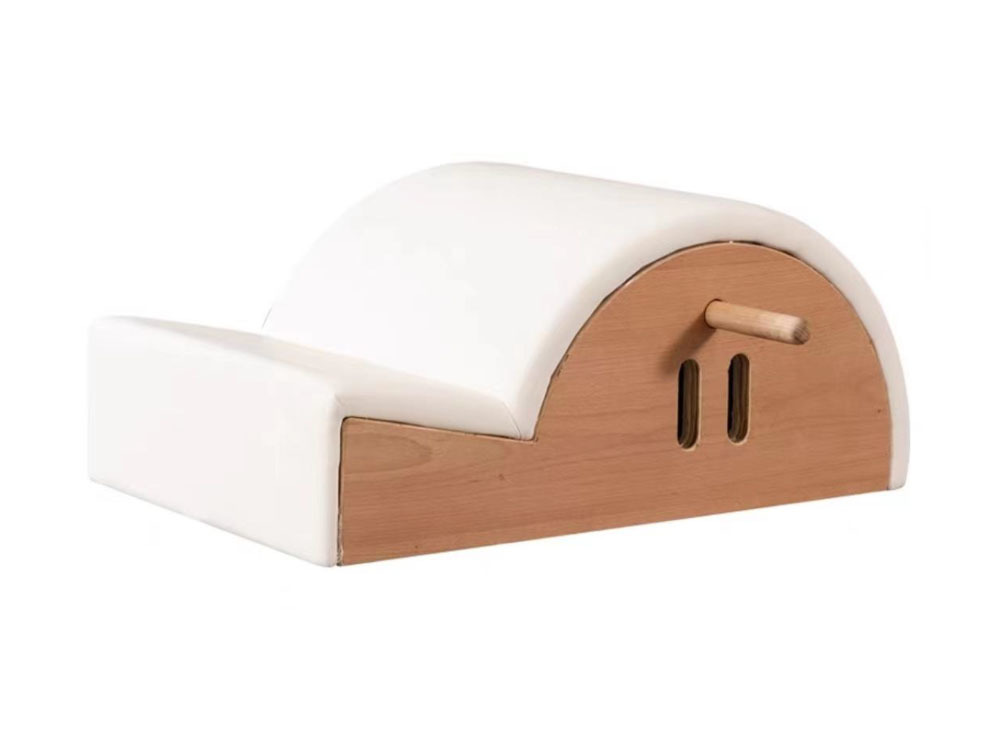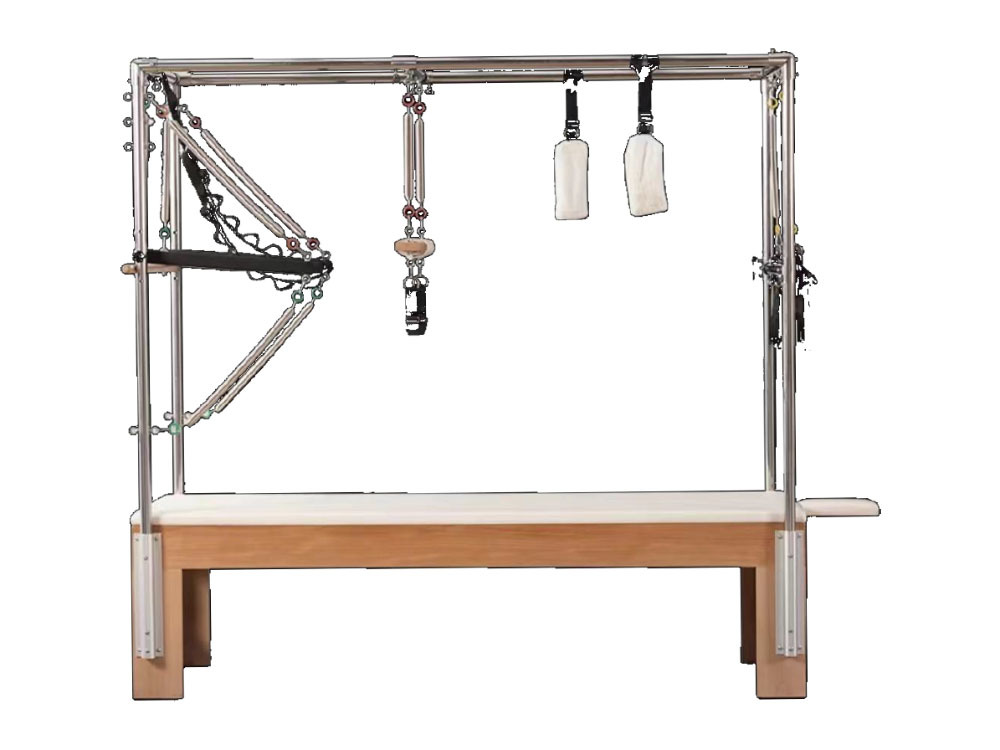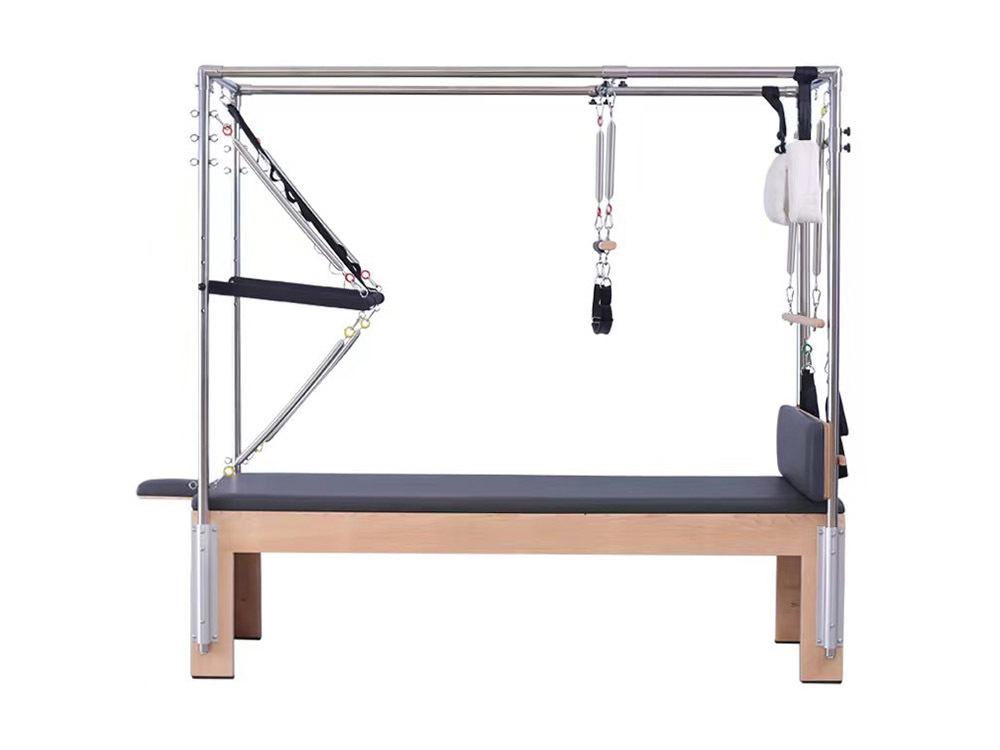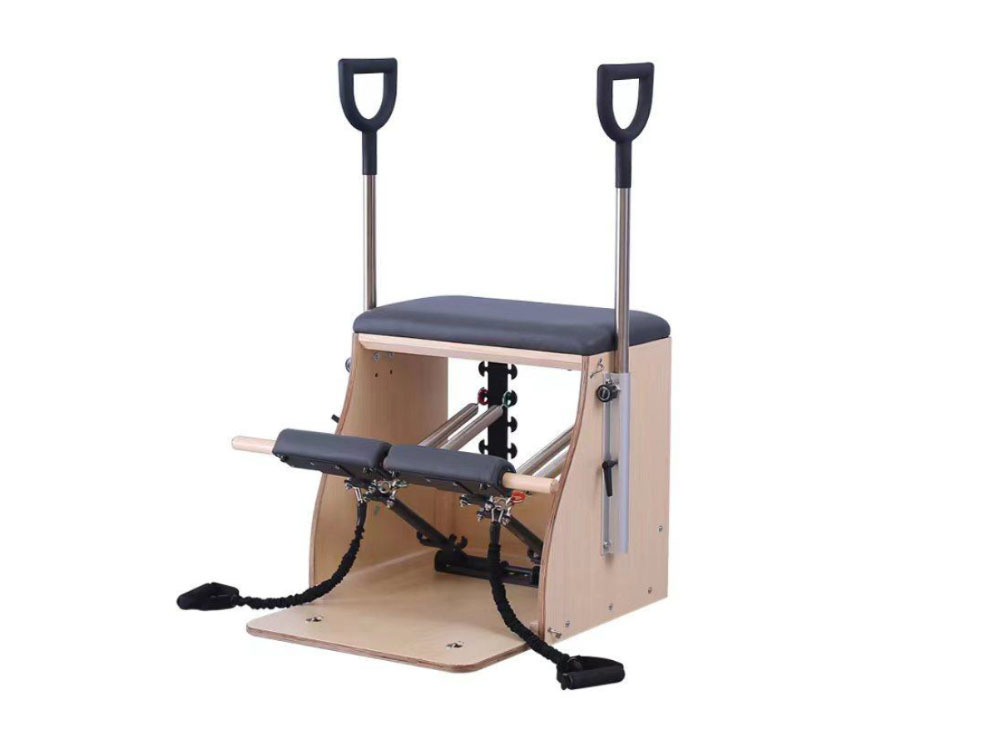Unlocking the Benefits of Pilates: The Best Equipment for Starters
Release Time:
May 19,2025
Unlocking the Benefits of Pilates: The Best Equipment for Starters Pilates has become increasingly popular in the fitness community, known for its focus on body alignment, core strength, and flexibility. Whether you are a complete beginner or someone looking to deepen your practice, understanding the benefits of Pilates and the best equipment to use can significantly enhance your experience. This
Unlocking the Benefits of Pilates: The Best Equipment for Starters
Pilates has become increasingly popular in the fitness community, known for its focus on body alignment, core strength, and flexibility. Whether you are a complete beginner or someone looking to deepen your practice, understanding the benefits of Pilates and the best equipment to use can significantly enhance your experience. This article will guide you through the essentials you need to get started and how to make the most of your Pilates journey.
Table of Contents
- Understanding Pilates: An Overview
- The Incredible Benefits of Pilates
- Essential Equipment for Beginners
- Advanced Pilates Equipment: When You’re Ready
- Creating a Home Pilates Studio
- Choosing the Right Equipment for Your Needs
- Tips for Success in Pilates
- Common Mistakes to Avoid
- Frequently Asked Questions
Understanding Pilates: An Overview
Pilates is a form of low-impact exercise that focuses on strengthening muscles while improving postural alignment and flexibility. Developed by Joseph Pilates in the early 20th century, this method emphasizes controlled movements and breathing techniques, making it suitable for individuals of all fitness levels. Unlike high-impact workouts, Pilates promotes body awareness and mental focus, which can lead to a more fulfilling exercise experience.
The Core Principles of Pilates
To fully grasp the benefits of Pilates, it's essential to understand its core principles:
- **Concentration**: Focusing on each movement to maximize effectiveness.
- **Control**: Maintaining control over your body to prevent injuries.
- **Centering**: Engaging your core muscles as the powerhouse of movement.
- **Precision**: Executing every movement with exactness for optimal results.
- **Breathing**: Coordinating breath with movement to enhance performance and relaxation.
- **Flow**: Ensuring movements transition smoothly, creating a fluid exercise experience.
The Incredible Benefits of Pilates
Engaging in Pilates can yield a multitude of benefits, both physical and mental. Here are some of the most notable advantages:
1. Improved Core Strength
Pilates is renowned for its focus on core strength. By consistently engaging the muscles of your abdomen, back, and pelvic floor, you enhance stability and support for your spine. This foundation allows for better posture and reduces the risk of injury.
2. Increased Flexibility
One of the primary goals of Pilates is to lengthen and stretch muscles. Over time, practitioners often notice improved flexibility in both major muscle groups and joints, allowing for a greater range of motion and enhanced overall mobility.
3. Enhanced Postural Alignment
Many individuals struggle with poor posture due to sedentary lifestyles or improper ergonomics. Pilates teaches awareness of body alignment, enabling practitioners to develop better posture habits that can alleviate discomfort and support overall health.
4. Stress Relief and Mental Clarity
The mind-body connection emphasized in Pilates fosters a sense of relaxation and mindfulness. Practitioners often report reduced stress levels and improved mental clarity, leading to a more balanced and focused lifestyle.
5. Injury Rehabilitation and Prevention
Pilates is frequently used in rehabilitation settings due to its low-impact nature. The exercises can help strengthen weakened muscles around an injury, promoting healing and preventing future issues.
Essential Equipment for Beginners
Getting started with Pilates doesn’t require a vast array of equipment. Here are some essential tools that every beginner should consider:
1. Pilates Mat
A high-quality Pilates mat is the foundation of your practice. It provides cushioning and support for your body during exercises, ensuring comfort and safety. Look for a mat that is thick enough to absorb impact but firm enough to maintain stability.
2. Resistance Bands
Resistance bands are versatile tools that can enhance your Pilates practice. They provide additional resistance for strengthening exercises and can help with stretching, making them ideal for beginners.
3. Stability Ball
A stability ball adds an element of instability, engaging your core even further during exercises. It can be used for a variety of movements, including balancing and stretching.
4. Foam Roller
Foam rollers are excellent for self-myofascial release, helping to alleviate muscle tension and improve flexibility. They can also be incorporated into Pilates exercises for added challenge.
5. Small Weights
Light dumbbells can be a great addition for those looking to increase resistance and build strength. Start with lighter weights to ensure proper form and gradually increase as your strength improves.
Advanced Pilates Equipment: When You’re Ready
Once you have a solid foundation, you may want to explore more advanced Pilates equipment. Here are some options to consider:
1. Reformers
The Pilates Reformer is one of the most popular pieces of equipment in Pilates studios. It uses springs and pulleys to create resistance, allowing for a wide range of exercises that target various muscle groups.
2. Cadillac
The Cadillac, also known as the Trapeze Table, is a versatile piece of equipment featuring a frame and various accessories. It's designed for a range of exercises that focus on strength, flexibility, and coordination.
3. Chair
The Pilates Chair is a compact piece of equipment that provides both resistance and stability. It's great for advanced practitioners looking to incorporate challenging movements into their routine.
4. Barrel
A Pilates Barrel helps improve flexibility and spinal alignment. It’s often used for stretching and strengthening exercises that target the back and core.
Creating a Home Pilates Studio
Having a dedicated space for your Pilates practice can enhance your experience and motivation. Here are some tips for creating a home studio:
1. Choose the Right Space
Select a quiet, spacious area where you can move freely. Ideally, the space should have natural light and be free from distractions.
2. Invest in Quality Equipment
While you don’t need to purchase everything at once, investing in quality equipment will pay off in the long run. Start with essentials like a mat, resistance bands, and a stability ball.
3. Create a Calming Atmosphere
Consider adding elements such as plants, soft lighting, and calming music to create a peaceful atmosphere. This will help you focus and enjoy your practice.
4. Set a Regular Schedule
Consistency is key to seeing improvements in your Pilates practice. Set aside dedicated time each week to focus on your workouts.
Choosing the Right Equipment for Your Needs
Selecting the right equipment for your Pilates practice can be overwhelming. Here are some factors to consider:
1. Your Fitness Level
Assess your current fitness level and choose equipment that suits your abilities. Beginners may benefit from basic tools like mats and resistance bands, while more advanced practitioners might explore reformers and barrels.
2. Your Goals
Consider what you hope to achieve through Pilates. If you’re primarily focused on strength, you may want to invest in resistance bands and weights. For flexibility, a stability ball and foam roller may be more beneficial.
3. Space Constraints
Evaluate the space you have available for your home studio. If space is limited, opt for compact equipment like resistance bands and small weights that can be easily stored.
4. Budget
Determine a budget for your Pilates equipment. While quality is important, there are many affordable options available that will allow you to get started without breaking the bank.
Tips for Success in Pilates
To make the most of your Pilates practice, consider these tips:
1. Focus on Quality Over Quantity
It’s more beneficial to perform fewer exercises with proper form than to rush through a high number of repetitions. Concentrate on executing each movement with precision.
2. Listen to Your Body
Pay attention to how your body feels during and after your workouts. If something doesn’t feel right, don’t hesitate to modify the exercise or take a break.
3. Seek Professional Guidance
If possible, consider taking classes from a certified Pilates instructor. They can provide valuable feedback on your form and help you develop a safe and effective practice.
4. Keep a Journal
Document your progress and experiences in a Pilates journal. This will help you stay motivated and track improvements over time.
Common Mistakes to Avoid
As with any form of exercise, beginners often make mistakes that can hinder their progress. Here are some common pitfalls to avoid:
1. Neglecting Core Engagement
One of the foundational principles of Pilates is core engagement. Failing to activate your core muscles can lead to ineffective workouts and increase the risk of injury.
2. Rushing Through Exercises
Taking your time with each movement is vital in Pilates. Rushing can lead to poor form and diminish the benefits of your practice.
3. Skipping Warm-Up and Cool Down
Always incorporate a proper warm-up and cool-down into your routine. This will help prevent injuries and promote recovery.
4. Ignoring Breath Control
Breathing is an essential component of Pilates. Proper breath control enhances performance and helps maintain focus during workouts.
Frequently Asked Questions
1. Is Pilates suitable for beginners?
Absolutely! Pilates is designed for all fitness levels, and beginners can start with basic exercises and gradually progress.
2. How often should I practice Pilates?
For optimal results, aim to practice Pilates 2-3 times per week. Consistency is key to seeing improvements.
3. Do I need to attend classes, or can I practice at home?
While classes with a certified instructor can be beneficial, many beginners successfully practice Pilates at home using online videos or instructional guides.
4. How long does it take to see results from Pilates?
Results can vary, but many practitioners start to notice improvements in strength, flexibility, and posture within a few weeks of regular practice.
5. Can I do Pilates if I have a pre-existing injury?
Consult with a healthcare professional before starting Pilates if you have an injury. Pilates can aid rehabilitation but should be approached cautiously.
Conclusion
Embracing Pilates as a fitness discipline offers numerous benefits for both the body and mind. By understanding the equipment needed and following the guidance outlined in this article, beginners can unlock the transformative power of Pilates. Whether through a home practice or in a class setting, the journey into Pilates can lead to enhanced strength, flexibility, and overall well-being. Start your Pilates journey today and experience the difference it can make in your life.
You Can Also Learn More About Industry Trends










